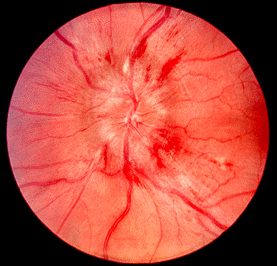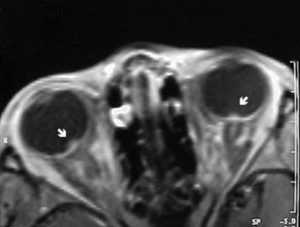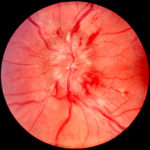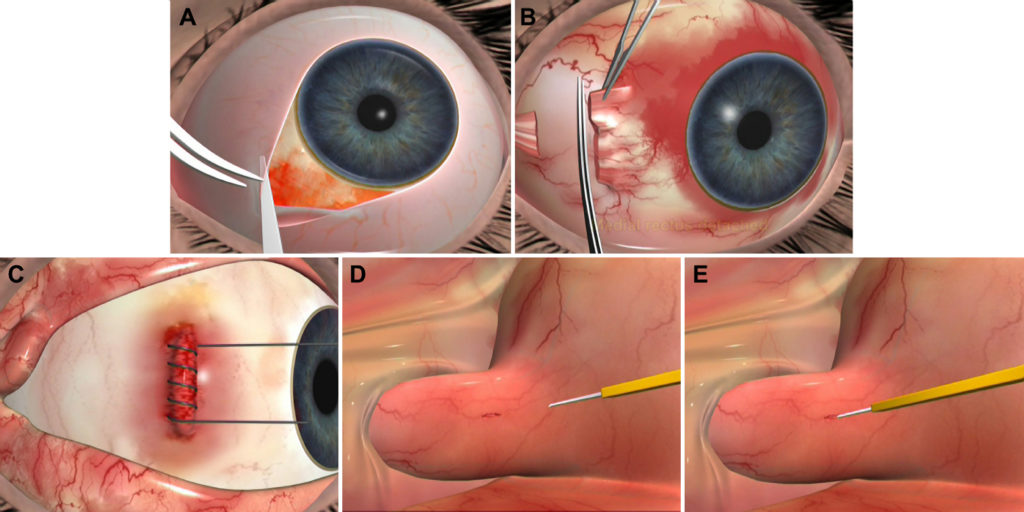PSEUDOTUMOR CEREBRI
- The cause of Pseudotumor Cerebri is unknown
- The disease is also known as benign intracranial hypertension
- Treatment can include: weight loss, medications, VP shunt surgery and optic nerve sheath fenestration
- The primary symptoms are headache and visual disturbances.
Pseudotumor Cerebri or benign intracranial hypertension is a varied and poorly understood disease. In fact in may not be one disease but a constellation of diseases that manifest in similar ways. The primary symptoms relate to headaches, pain in and around the eyes, visual loss and pulsatile ringing in the ears. The disease primarily affects middle aged females but the spectrum can be varied.
EVALUATION
Patients need to be evaluated by a neurologist and and Ophthalmologist who specializes in this disorder (typically a neuroophthalmologist or oculoplastic surgeon). Evaluation should include neuroimaging studies (CT and/or MRI), lumbar puncture with opening pressure measurements and serology, Vision testing, Visual field testing, possible Optical Coherence Tomography testing and fundus photographs In some cases Cerebral venography or MRV studies are performed.
TREATMENT
Treatment typically is tailored to the patient and their individual causative factors. This may include weight loss. Indeed, in some overweight patients studies have shown that loss of 6-10% of body weight can result in resolution of symptoms. In addition, medication is frequently tried. These medications are used to reduce production of CSF fluid. If venogram demonstrates stenosis of the venous outflow from the brain then Styloidectomy or Intracerebral stenting may be an option. Ventriculoperitoneal shunting may be an option in patients that fail conservative therapy. VP shunting can result in a 33% failure rate of the shunt however. For patients with vision loss that does not respond to conservative measures, Optic Nerve Sheath Fenestration (ONSD) is the treatment of choice. In our series of several hundred ONSD procedures we had a failure rate of less than 5% and in several cases the procedure performed on one eye effected improvement in both eyes.
COMPLICATIONS
Complications of ONSD are rare. The most cited complication is failure of the procedure. The literature cites this rate at 14-35% but in our series < 5% of patients were classified as failures. Loss of vision can occur with this procedure but we have not experienced this complication in any of our patients.
CONTACT
PAY MY BILL - DR. GILLILAND
FInd US
© 2020 GRANT GILLILAND MD. All Rights Reserved.










